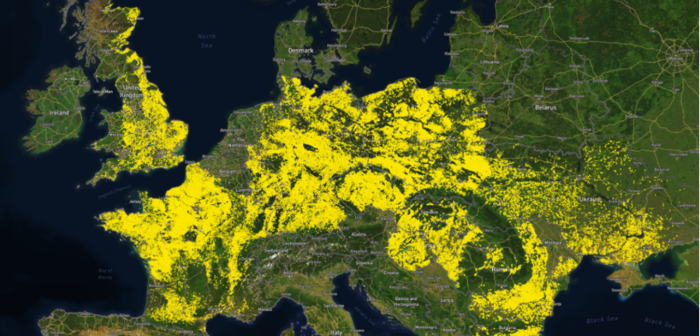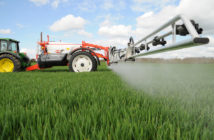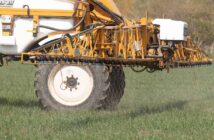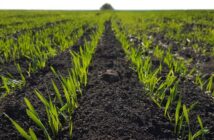Kleffmann Digital RS, the new player in the digital agricultural information sector with state of the art satellite technology, is making significant progress with its CropRadar business intelligence tool to provide clients with timely statistics on various planted crop areas down to regional and postcode levels, along with a reflective view on biomass development, temperature and rainfall of any given crop and estimating crop losses.
To illustrate the power of this technology, CropRadar has measured the harvestable winter oilseed rape areas in all major growing countries in Europe: The last two WOSR years were characterised by drought and upheaval, resulting in smaller harvest areas. In the 2020/2021 season, after a slow and in some cases late emergence the oilseed developed well in almost all European countries in the spring, the exception being France. Many French farmers had already drastically reduced their sown areas, and a cold snap at the beginning of April caused major damage to the oilseed rape. In the EU28, the ranking for the 2021 harvest year is headed by Ukraine with a harvested area of 1.1 million hectares. Poland, Germany and France follow in second to fourth place.
Kleffmann’s processing of sentinel satellite data differentiates between the digital signatures of crop cultivars, giving clients an earlier view of crop establishment and of equal importance the awareness of crop losses in-season which results in less harvestable areas.
Within the UK, Kleffmann Digital’s initial focus is on a select number of crops: cereals, oilseed rape, maize, potatoes and sugar beet, as well as bare soil. A wide range of countries and crops are profiled with the list of crops including soybean, sunflower, sorghum.
Subscribing clients, which will include distribution, manufacturers, large farming companies and water companies can access the data via a web-portal which visually displays the data with maps and charts, showing country, region and postcode district level resolutions. Clients have the option to define their own territories/areas of interest, which can be displayed as a layer along with statistics relating to the given geography.
A new feature is CropXplorer which profiles biomass development over time alongside temperature and rainfall variants. These key elements assist clients, especially in countries in which they are non-resident, to appreciate the fundamental regional variants influencing crop establishment through the season.
A timetable of deliverables ensures country specific agronomic factors are considered prior to releases statistics. For winter crops an autumn profile is provided followed by a spring update to reflect any overwintered losses.
Each season a country specific calibration campaign takes place involving thousands of reference points to ensure regional and seasonal variants in crop habit are all captured.
For those businesses looking to get ahead CropRadar gives a realistic market insight upon which to plan and forecast with much greater accuracy.




